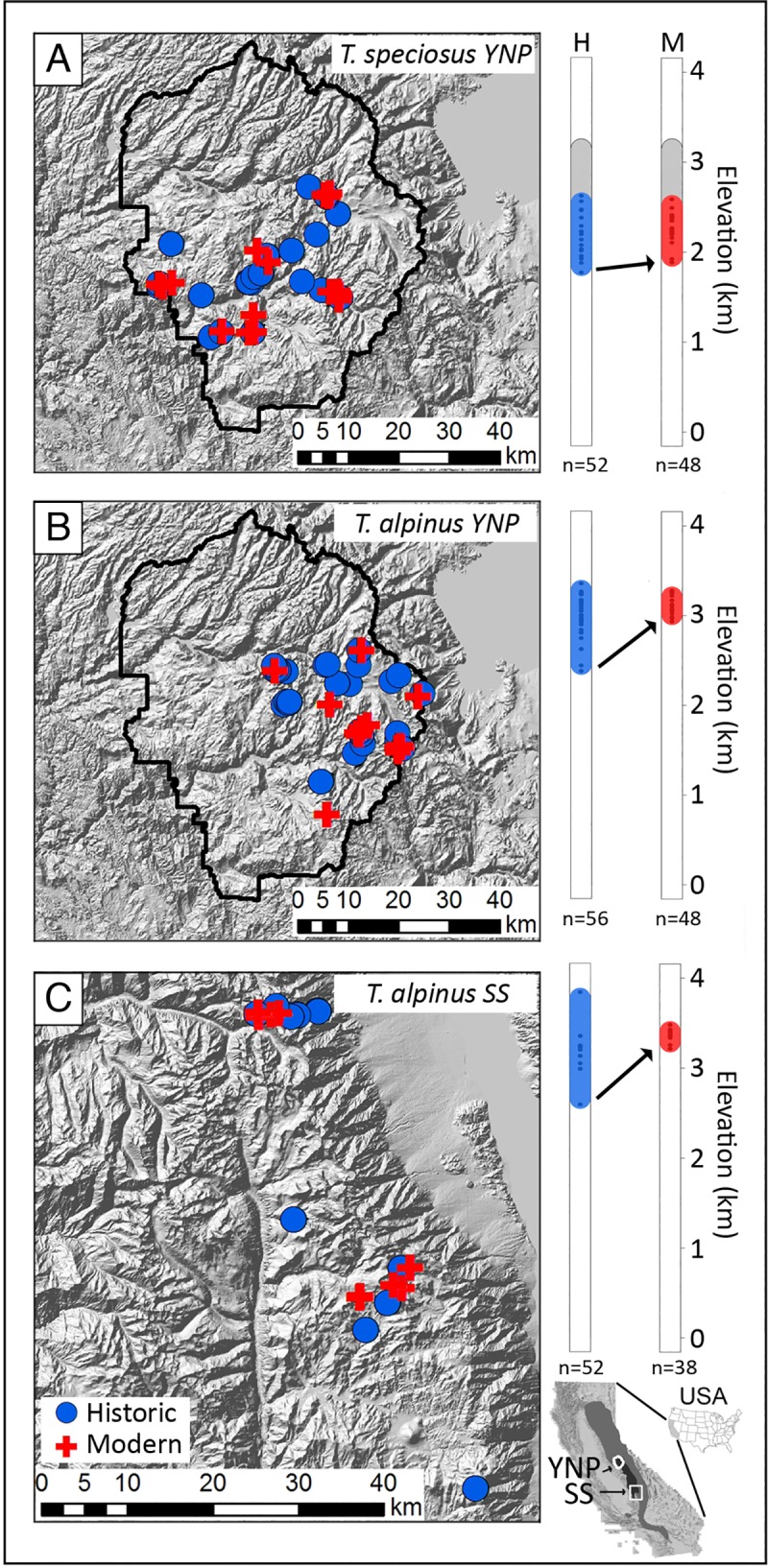Fig 1. Historic and modern sampling localities.

Tamias speciosus and T. alpinus specimens were collected from Yosemite National Park (A, B) and the Southern Sierras (C). Historical sampling localities (1911–1916) are shown in filled blue circles and modern (2003–2012) in filled red crosses. The vertical bar plots in the right panel show the elevation (kilometers) range of the species over the past century with sequenced samples indicated by colored dots within the bars. Upper elevation limits were determined for T. speciosus (shown in gray), but sequenced samples were selected from mid-elevation sites where sufficient historical and modern samples were available. The trapping resurvey was not designed to ascertain upper limits for T. alpinus from either transect area. Sequencing sample sizes (n) are indicated under the elevation bars. While T. speciosus maintained a stable range, T. alpinus populations have severely contracted upwards in elevation (indicated with arrows) throughout their distribution [20]. The inset (bottom right) USA map shows the ranges of T. alpinus (dark gray) and T. speciosus (gray) with the state of California with Yosemite National Park (YNP, northern) and the Southern Sierras (SS, southern) study areas are indicated with arrows and outlined in white.
